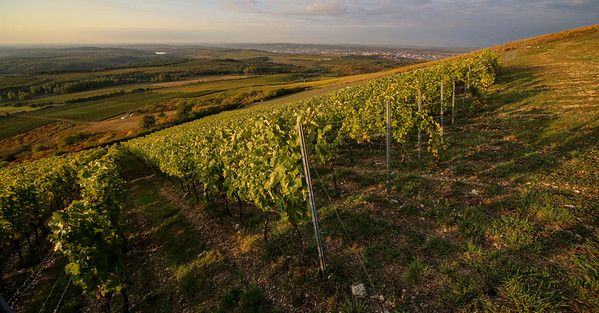The name Bull’s Blood over-simplified Egri Bikavér, a wine that has three distinct quality levels, can achieve greatness with or without a blending component, but remains great value for money at the Classic level.
Egri Bikavér, known to many as Bull’s Blood, is the traditional red wine of the north Hungarian appellation of Eger. Located between Budapest and Tokaj, the town of Eger is the site of the 16th century battle between the Hungarians and the Ottomans. The Hungarian victory is attributed, in legend, to their drinking red wine that the Turks thought was ‘bull’s blood’.
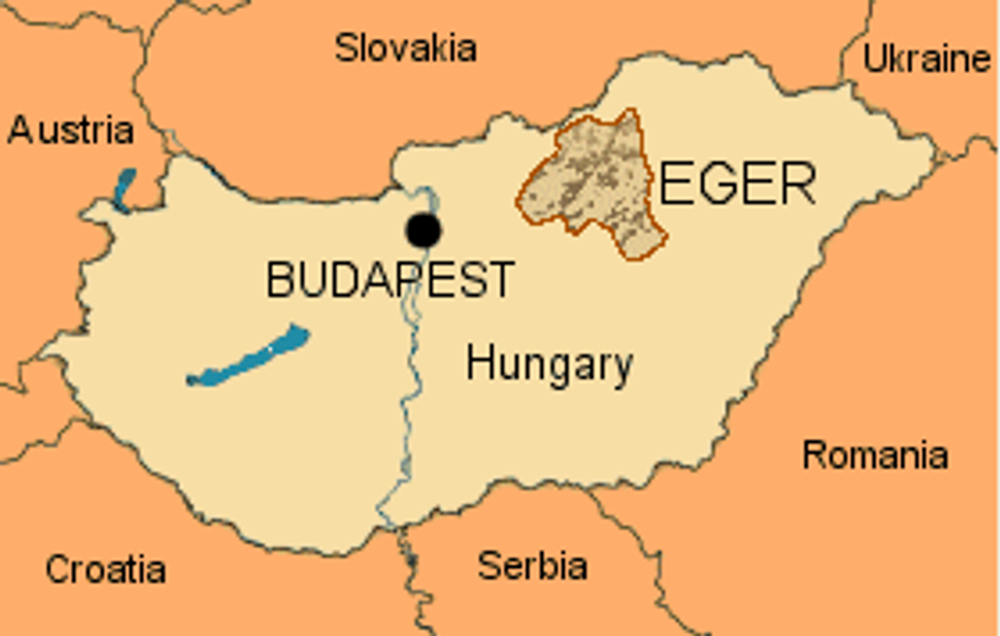
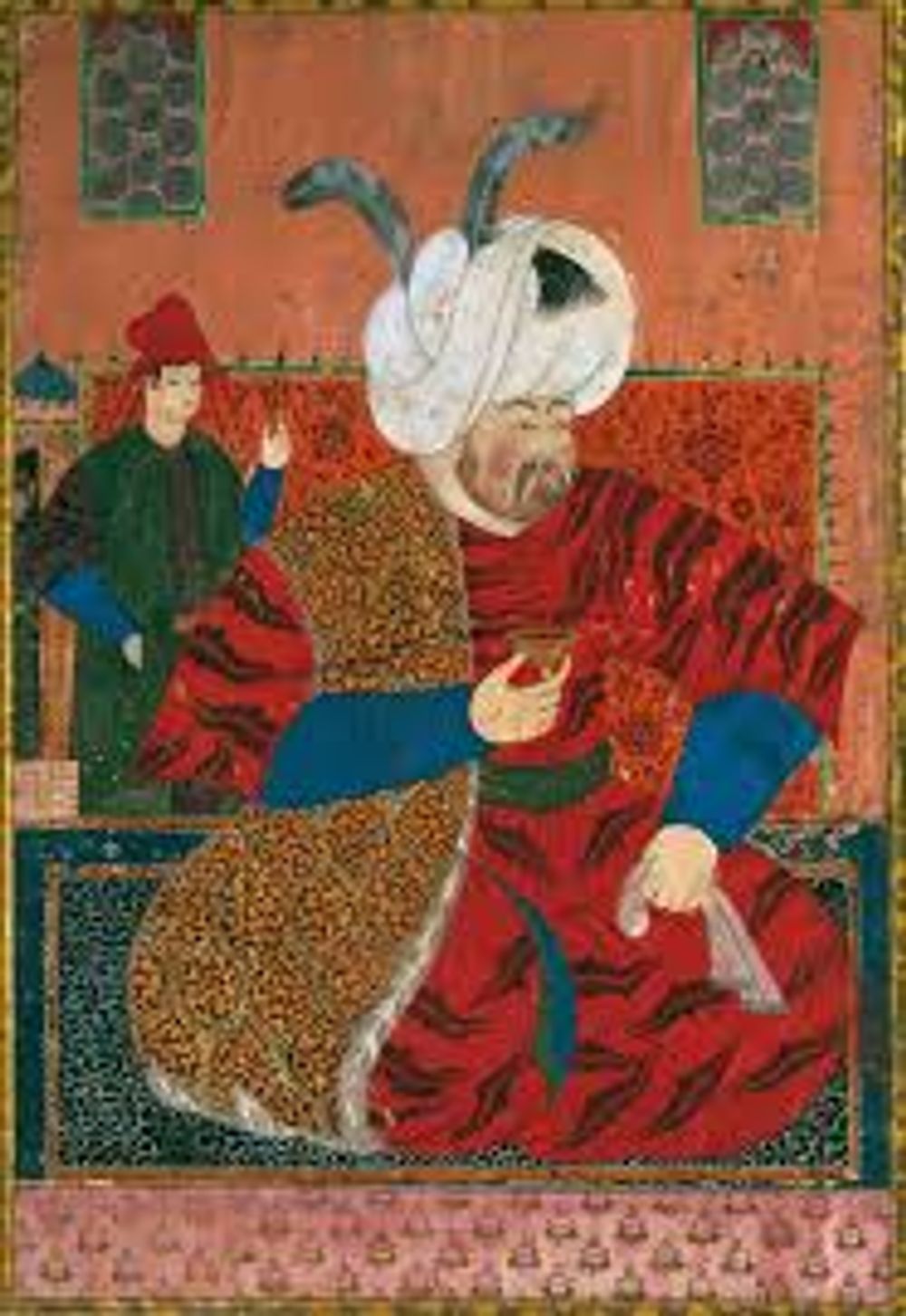
During Communist times, all wines were made more with an eye on quantity than quality, and Egri Bikavér was no exception. The big difference was the success of the marketing campaign for the name Bull’s Blood. Today, quality producers are eschewing this name for the Hungarian name and are returning to production of high quality red wines.
Egri Bikavér is all about blends especially with Kékfrankos
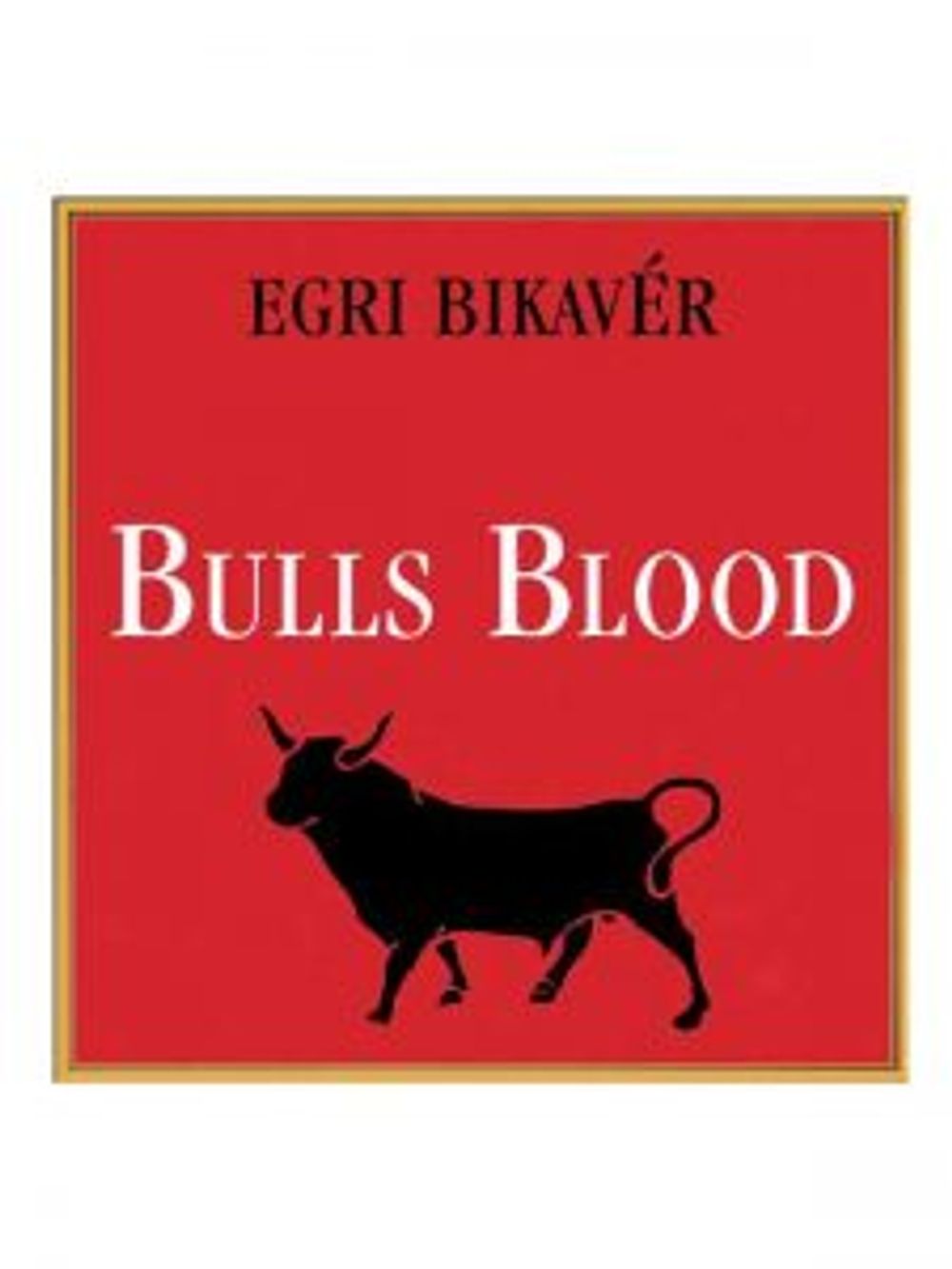
Egri Bikavér is all about blends. Different varieties, different amounts, different soils, including limestone and volcanic soils. Twenty years ago, these wines resembled Bordeaux blends with only a small percentage of indigenous grapes. But this is changing, with a steadily increasing amount of Kékfrankos in the blend.
Possibly better known as Austrian Blaufränkisch, Kékfrankos has the largest plantings in the world in Hungary. Hungarian Kékfrankos shows firm mineral structure and wild berry fruit, reminiscent to my mind of Loire Cabernet Franc, and its presence in Egri Bikavér gives a fine elegance.
Understanding the different levels of quality
There are three quality levels: Classic, Grand Superior and Single Site Bikavér.
Classic Bikavérs such as St Andrea’s Merengo, Tibor Gál’s ‘Titi’ and Ferenc Toth show crisp fresh cool climate red fruit. Cherries, raspberries with crunchy tannins and long mineral acidity while Nimrod Kovacs Rhapsody (with a higher percentage of Bordeaux varieties) has blacker spicy fruit with supple tannins and a salty, austere minerality. To my mind the Classic Bikavérs are great value for money.
The lower yields of Grand Superior are reflected in higher fruit intensity and richness with greater weight, fresh acidity and tannic structure such as St Andrea’s ‘Igazàn’ with its firm mineral acidity, red berry fruit and mouth-coating silky tannins.
Not everyone owns a prime site for a Single Site Bikavér, so there are fewer wines in this style. Nagyhegd is the most important site with both volcanic and limestone soils. St Andrea, Thummerer and Nimrod Kovacs have vineyards here, producing intense perfumed wines with intense ripe black fruit, spice and firm structural tannins. Tibor Gál’s Single Vineyard from nearby Sikhegi, shows typical blue floral elegance and fine mineral tannins.
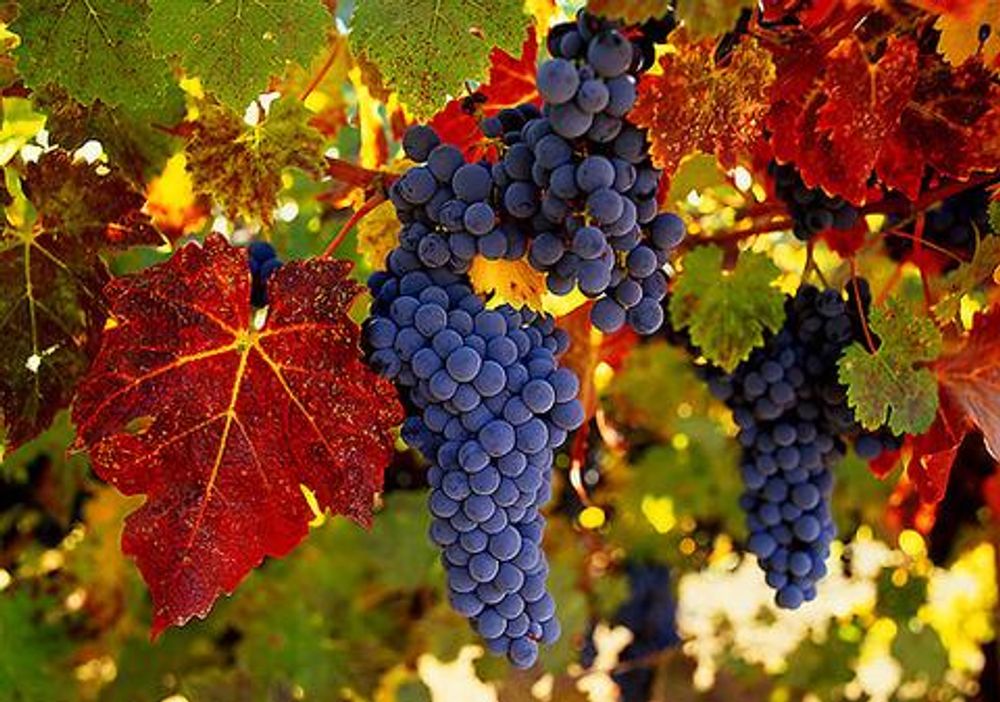
In 2011 Eger launched a white blend called Egri Csillag – the star of Eger – named after the novel about the Hungarian-Ottoman battle. While a few estates produce single variety white wines such as Chardonnay, Sauvignon Blanc and Pinot Gris, many producers have small amounts of the myriad of local and international white varieties, and this appellation allows them to be blended in an Eger style. Two styles are produced: fresh and fruity with creamy acidity and floral aromas or richer barrel-aged versions.
Hungarian varieties are known for their great acidity, and the cool climate wines of Eger have great freshness making them elegant food-matching wines. Hungarian food is high on the spice and paprika content, and I am always convinced that I can find this extra level of spice on the wines giving complex layers to the fresh fruit.
There is an energy and curiosity amongst young Eger winemakers, exploring the potential in the region, exploring single varieties and looking at new terroirs and how they will develop.
Bikavér has moved on from being Bull’s Blood. The rise of the next generation is an exciting trend being seen in a number of Hungarian wine regions, with a renewed excitement in Hungarian heritage and unique varieties.
